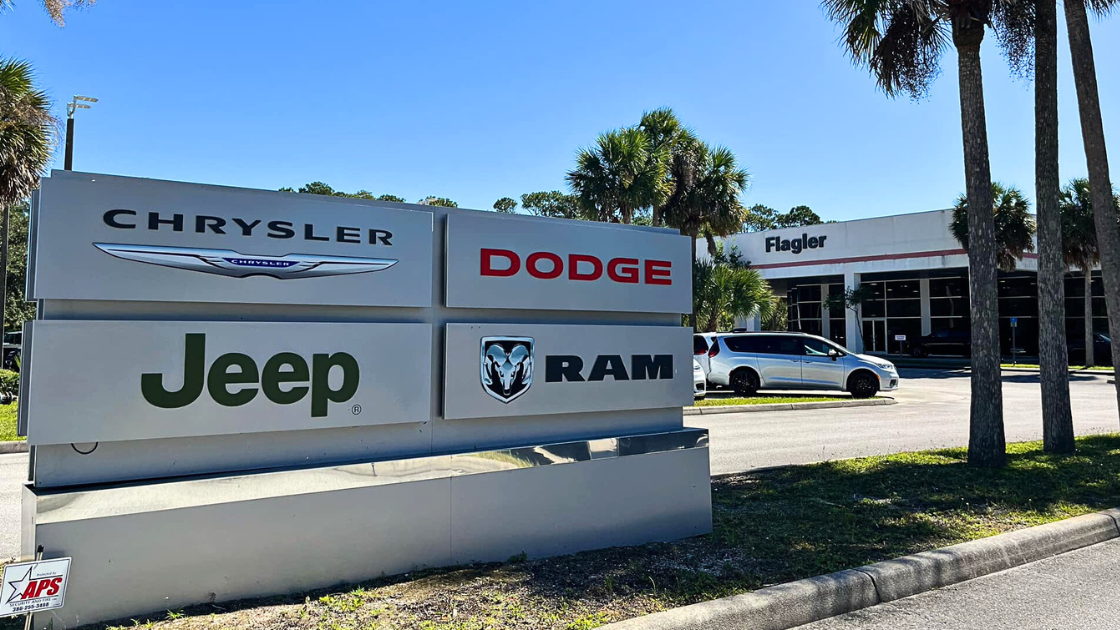
New-vehicle inventory in the U.S. saw a slight decline in August but remained firmly below 3 million units, according to data from Cox Auto.
By the numbers:
In August, inventory was 2.91 million, down from 2.94 million in July. Days' supply is also further normalizing after CDK Global's cyberattacks.
Compared to a year ago, inventory is up by around 914,000 vehicles, with supply rising from 57 to 72 days.
Why it matters: With inventory levels meaningfully higher than last year, manufacturers are under pressure to turn units fast, maintain market share, and meet sales targets. A simple way to do this is to add discounts, rebates, and subsidized low-interest loans.
But the incentive picture is uneven across the industry:
Brands like Audi, Infiniti, and Nissan are raising incentives above 10% of transaction prices to entice buyers amid slow sales.
Toyota, Porsche, and Land Rover keep incentives below the industry average (7.2% of the average transaction price).
Stellantis brands, like Chrysler, Ram, and Jeep, have high days' supply and have had to raise their incentives.
Yet, Dodge cut its incentives to 5.6%. This move may backfire, given that Dodge models like the Hornet still face over 300 days' supply.
Toyota's strategic restraint: The automaker dominates the fastest-selling new cars list, with nine of the top ten models, according to CarEdge. This includes the Sequoia (20 days' supply) and Lexus GX (22 days). Toyota's reliable reputation keeps demand high. So, despite low inventory and few incentives, it can maintain its pricing strategy.
Stellantis’ uphill battle: High inventory levels for models like the Dodge Hornet (323 days), Jeep Grand Wagoneer L (327 days), and Jeep Renegade (332 days) are forcing the automaker to increase incentives and address its pricing mix.
The burden on dealers: High inventory levels aren’t just a manufacturer’s problem—they create significant financial pressure for dealers, who must manage growing floorplan expenses. These costs, which dealers incur from financing unsold inventory, rise as cars sit on the lot longer. Higher incentives may help move inventory. But, they can compress dealer margins.
Bottom line: The rise in incentives is also a reaction to broader economic pressures. But there’s a fine line to walk. Higher incentives can sometimes end up being a race to the bottom on pricing.
Become an automotive insider in just 5 minutes.
Get the weekly email that delivers transparent insights into the car market.
Join 77,000 others now, it's free:
In today's automotive landscape, car buyers invest more time than ever in researching, considering, and comparing options. But for dealers, the challenge lies in pinpointing the audience ready to make a purchase.
Enter Premier by Edmunds.
Premier offers dealers a groundbreaking way to connect with in-market car shoppers precisely when, where, and how they prefer. With over 20 million monthly visits, Edmunds.com is the go-to destination for buyers seeking market insights, expert advice, and budget tools to make informed decisions.
Through Edmunds Premier, dealers gain access to this highly coveted audience. Simply list your new and used inventory on Edmunds, and watch as qualified, in-market traffic flows directly to your vehicle detail pages on your website.
Don't miss out on this opportunity to elevate your dealership's visibility and sales performance. You can sign up for Premier today at Edmunds.com/CDG.











